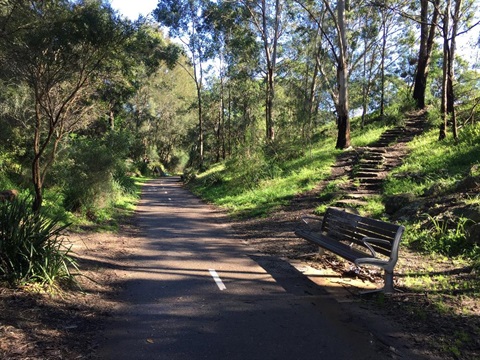
With the assistance of a specialist environmental consultancy firm, Council completed a detailed investigation into the contamination status of the former landfill site’s soil and groundwater. The information was collated into a written report and lodged with the NSW EPA for their assessment.
The results from the investigation indicate that the risk posed to site users is low and that ammonia concentrations slightly above ecological criteria are likely discharging into Flat Rock Creek. A draft Environmental Management Plan (EMP) was developed to assist Council to manage the site in a way that ensures the safety of the public and the environment.
The EPA has now declared Bicentennial Reserve and Flat Rock Gully as contaminated land to be regulated under the . The EPA is concerned that leachate from the landfill has impacted the groundwater and that the elevated ammonia in it has the potential to harm water ecology in Flat Rock Creek and an unconfirmed groundwater dependent ecosystem (GDE) downstream. The levels of ammonia are not at a level which would impact human health.
Now that the declaration has been made, the EPA will require that the site be managed, and possibly remediated. This may be done under a Voluntary Management Plan (VMP). Council will prepare a VMP and lodge the proposal with the EPA, for their consideration. Once a VMP is approved, the EPA will ensure that the plan is carried out according to the proposed timeframe.
How and when did Council become aware of possible contamination of groundwater exceeding guideline levels at Bicentennial Reserve?
Council became aware after it commenced its review of the Beaches Link and Gore Hill Freeway Connection Environmental Impact Statement (Beaches Link EIS) in December, 2020 and subsequently initiated an investigation of the site history.
What did Council do next after it became aware of possible contamination of groundwater exceeding guideline levels at Bicentennial Reserve?







